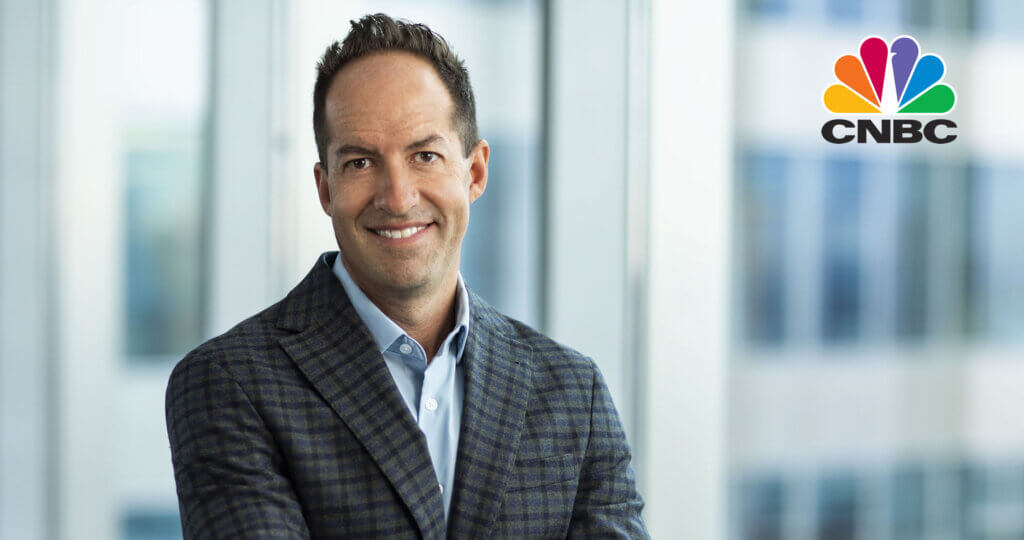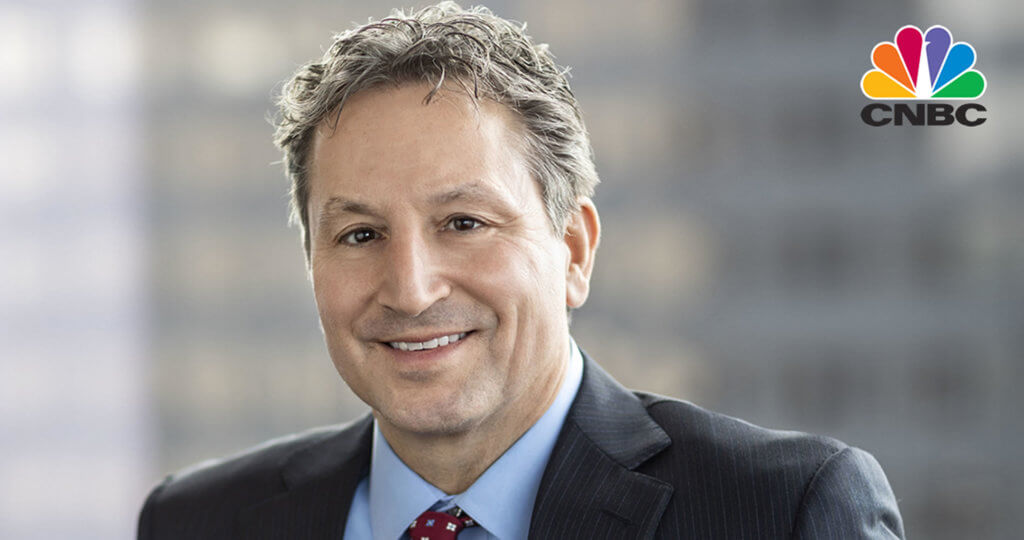Oakmark Global Fund – Investor Class
Average Annual Total Returns 09/30/17
Since Inception 08/04/99 10.71%
10-year 5.66%
5-year 13.43%
1-year 31.64%
3-month 8.99%
Gross Expense Ratio as of 09/30/16 was 1.17%
Past performance is no guarantee of future results. The performance data quoted represents past performance. Current performance may be lower or higher than the performance data quoted. The investment return and principal value vary so that an investor’s shares when redeemed may be worth more or less than the original cost. To obtain the most recent month-end performance data, view it here.
Quarter and Fiscal Year Review
The Oakmark Global Fund generated a strong 9% return in the quarter, which compares to 4.8% for the MSCI World Index and 4.6% for the Lipper Global Fund Index. For the nine calendar months, the Fund gained 22.3%, compared to a return of 16% for the MSCI World Index and 17% for the Lipper Global Fund Index. Finally, for the Fund’s fiscal year ended September 30, the Fund earned 31.6%, which compares to 18.2% for the MSCI World Index and 19.4% for the Lipper Global Fund Index.
The countries that contributed most to return in the quarter were the U.S., Germany and Switzerland, and no country detracted from return. Baidu (China), Wirecard (Germany), Toyota Motor (Japan), General Motors (U.S.) and Allianz (Germany) were the largest contributors to return while five U.S. holdings—Interpublic Group, Tenet Healthcare, Oracle, General Electric (new purchase) and Union Pacific (sold)—detracted most. We are glad to see two automotive original equipment manufacturers on the positive contributors’ list as we have long believed this group to be materially undervalued. We also note the concentration of U.S. names on the detractors’ list. Interpublic and Oracle both reported disappointing earnings while political uncertainty around the Affordable Care Act buffeted Tenet. We discuss General Electric and Union Pacific later in this letter.
Over the past nine calendar months, the U.S., Germany and U.K. were the countries that contributed most to return, and no country detracted. The companies whose stocks contributed most were CNH Industrial (U.K.), Allianz, Wirecard, Baidu and Lloyds Banking Group (U.K.). The largest detractors from return were Interpublic Group, General Electric, National Oilwell Varco (U.S.), Daiwa (Japan) and Arconic (U.S.). It should be noted that the detractors all showed small (less than 10%) price declines in the period.
For the Fund’s fiscal year, ended September 30, the U.S., U.K. and Germany contributed most to return while Mexico detracted. CNH Industrial, Bank of America (U.S.), Allianz, Citigroup (U.S.) and Lloyds were the largest contributors while Tenet Healthcare, General Electric, Grupo Televisa (Mexico), Smiths (U.K.—sold) and National Oilwell Varco detracted most from return during the past 12 months. The Fund has long carried a heavy weighting in financials holdings, and the fact that four of the top five contributors for the fiscal year came from that industry helps to explain the Fund’s strong return in the period.
Portfolio Activity
We were fairly active in the quarter, initiating positions in four equities while eliminating two holdings. Beginning with the purchases alphabetically, Axis Bank is the Fund’s first holding ever to be domiciled in India. Axis is the third-largest private sector bank in India in terms of assets and deposits. We believe the country’s strong economic growth, coupled with low financial penetration, should result in attractive long-term growth rates for the Indian banking sector. Moreover, private sector banks are well-positioned to benefit from this growth since India’s public sector banks face considerable obstacles, including bureaucratic priorities, low capital levels and meager investments in technology. The public sector banks currently possess a market share of about 70%, and we expect the private banks’ recent share gains to accelerate in the years to come. Axis’ diversified business (45% retail, 40% corporate, 15% SME (small- and medium-sized enterprises)) and strong distribution platform make it well-positioned to capture new business as it leverages its recent infrastructure spending. The company’s profitability should also improve meaningfully once credit costs normalize, and its excellent deposit franchise and relatively strong balance sheet should help fund growth while protecting against any unforeseen asset quality issues. Axis trades at a meaningful discount to our estimated intrinsic value, and we are taking advantage of its short-term price weakness to initiate a position.
Next on the new purchase list (and probably far better known), General Electric (GE) makes its first-ever appearance in the Global Fund. In contrast to the U.S. stock market indexes, GE’s share price has been weak this year, and we believe that this decline is far more than what is warranted. Appointed this summer, new CEO John Flannery will present to the investing community in November, and many expect that he will announce a “reset” in which he establishes a new (and lower) base for the company’s earnings. Although we agree that this is likely, we believe that the current stock price already reflects this expectation. GE has many positive attributes. It is composed of a portfolio of high-returning, dominant businesses, many of which generate recurring maintenance revenue (e.g., service contracts for jet engines). We believe that the company’s aviation and health care businesses are especially desirable, and they constitute more than half of our estimate of intrinsic value for the company. We expect Flannery to cut costs aggressively, which should also improve earnings.
Liberty Global is a European-based cable company with leading positions in the U.K. and Ireland, Germany, Belgium and Switzerland. Liberty is a significant beneficiary of the long-term structural growth in data consumption. Moreover, Liberty’s competitively advantaged network, which offers a clear speed advantage over the incumbent telco operators, provides the company with a strong competitive position that should lead to attractive incremental profitability. Liberty’s management team has proven to be adept operators while chairman (and fellow shareholder) John Malone is an outstanding capital allocator. We find Liberty’s valuation to be quite compelling; its shares trade at a significant discount to both our fundamentally driven intrinsic value as well as recent private market transactions.
Last of the new purchases alphabetically is Under Armour (UA). We believe Under Armour to be an emergent global franchise trading at a discount to our estimate of intrinsic value. Until 2016, this athletic leisure apparel and footwear company had produced a long series of 20%+ revenue growth quarters, helping the stock to become a growth investor favorite. Deceleration finally set in, however, leading to a substantial drop in the share price. This gave us the occasion to invest in a company still growing better than 10% at a very reasonable valuation. We believe that CEO Kevin Plank and his newly augmented management team have the potential to restore the company’s prestige while taking advantage of international and footwear opportunities.
We eliminated two holdings, Daiwa and Union Pacific. Daiwa is a leading investment services company, headquartered in Japan. Its revenue growth and margins were consistently lower than we had projected. We repeatedly lowered our estimated intrinsic value due to shortfalls in the company’s operating performance. Although the share price still has some upside, we used funds from the sale to invest in companies that we believe offer superior risk-return profiles.
In contrast, U.S.-based Union Pacific was a successful 11-year holding for the Global Fund. We sold the stock because its appreciation had caused its share price to approach our estimate of intrinsic value.
Geographic Allocation and Currency Hedge
We ended the quarter with 44% of our holdings in the U.S. and 43% in Europe and the U.K. The remaining positions are 8% in Asia (Japan, China and India), 3% in Australia and 3% in Mexico.
We defensively hedge a portion of the Fund’s exposure to currencies that we believe to be overvalued versus the U.S. dollar. As of quarter end, we found only the Swiss franc to be overvalued and have hedged approximately 15% of the Fund’s franc exposure.
As always, we thank you for being our partners in the Oakmark Global Fund. We invite you to send us your comments or questions.
The securities mentioned above comprise the following percentages of the Oakmark Global Fund’s total net assets as of 09/30/17: Baidu 2.4%, Wirecard 1.3%, Toyota Motor 3.8%, General Motors 4.3%, Allianz 4.3%, Interpublic Group 2.1%, Tenet Healthcare 1.1%, Oracle 3.0%, General Electric 2.2%, Union Pacific 0%, CNH Industrial 4.0%, Lloyds Banking Group 5.7%, National Oilwell Varco 1.7%, Daiwa 0%, Arconic 1.1%, Bank of America 4.2%, Citigroup 4.4%, Grupo Televisa 2.5%, Smiths 0%, Axis Bank 0.7%, Liberty Global Class A 0.7%, Liberty Global, Class C 1.2% and Under Armour 0.5%. Portfolio holdings are subject to change without notice and are not intended as recommendations of individual stocks.
Access the full list of holdings for the Oakmark Global Fund as of the most recent quarter-end.
The MSCI World Index (Net) is a free float-adjusted, market capitalization-weighted index that is designed to measure the equity market performance of developed markets. This benchmark calculates reinvested dividends net of withholding taxes using Luxembourg tax rates. This index is unmanaged and investors cannot invest directly in this index.
The Lipper Global Fund Index measures the performance of the 30 largest mutual funds that invest in securities throughout the world. This index is unmanaged and investors cannot invest directly in this index.
The Fund’s portfolio tends to be invested in a relatively small number of stocks. As a result, the appreciation or depreciation of any one security held by the Fund will have a greater impact on the Fund’s net asset value than it would if the Fund invested in a larger number of securities. Although that strategy has the potential to generate attractive returns over time, it also increases the Fund’s volatility.
Investing in foreign securities presents risks that in some ways may be greater than in U.S. investments. Those risks include: currency fluctuation; different regulation, accounting standards, trading practices and levels of available information; generally higher transaction costs; and political risks.
The percentages of hedge exposure for each foreign currency are calculated by dividing the market value of all same-currency forward contracts by the market value of the underlying equity exposure to that currency.
The discussion of the Fund’s investments and investment strategy (including current investment themes, the portfolio managers’ research and investment process, and portfolio characteristics) represents the Fund’s investments and the views of the portfolio managers and Harris Associates L.P., the Fund’s investment adviser, at the time of this letter, and are subject to change without notice.
All information provided is as of 09/30/17 unless otherwise specified.







